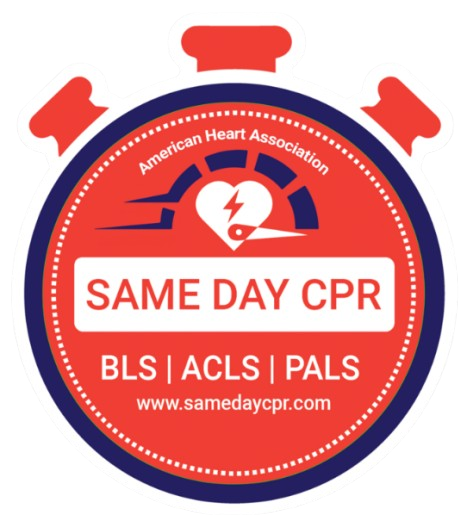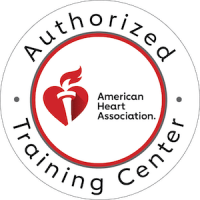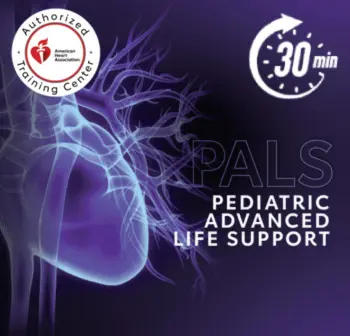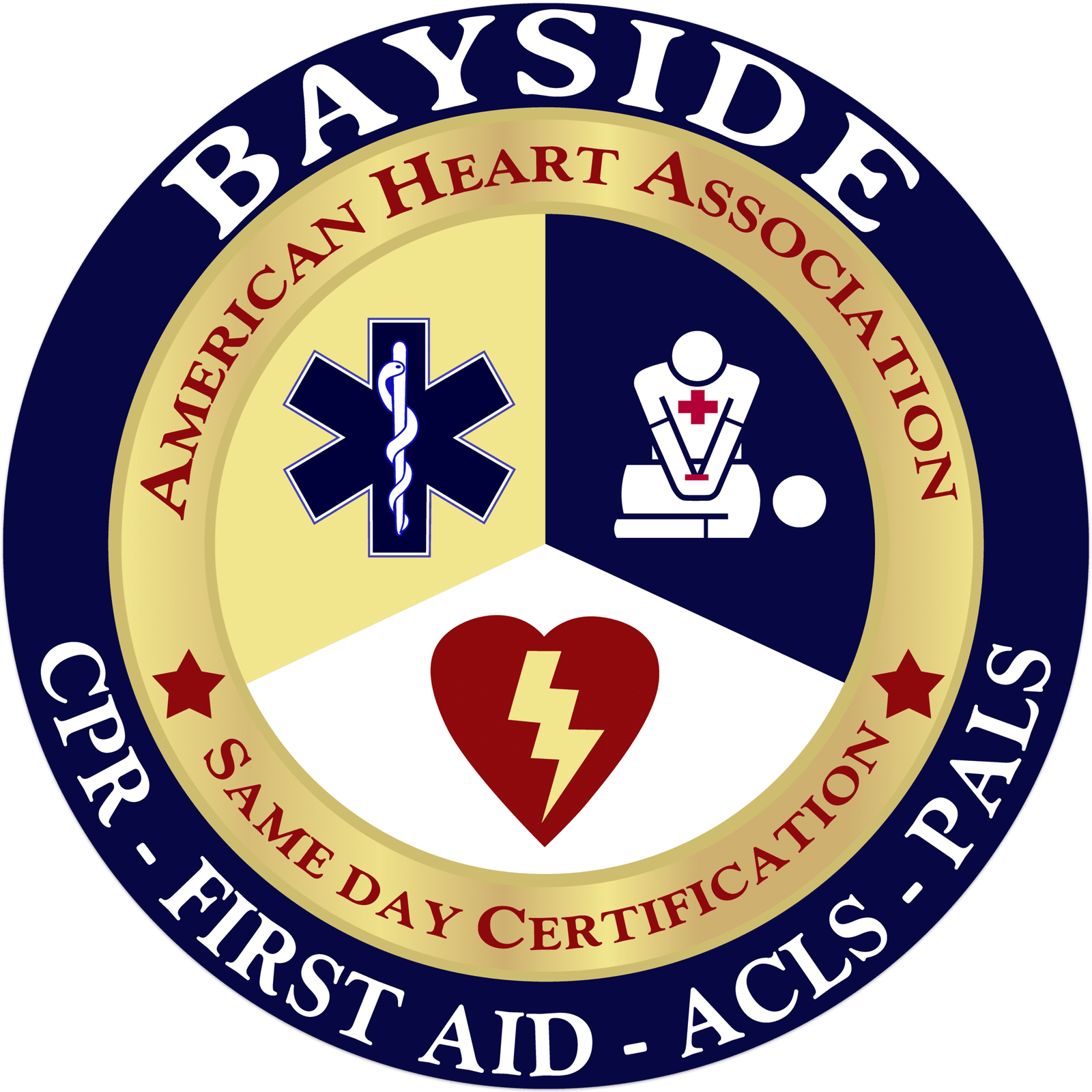
Pediatric ROSC Post-Resuscitation Care Algorithm
Post-resuscitation care is the treatment given after a person’s heartbeat and breathing restart. The Pediatric ROSC Post-Resuscitation Care Algorithm provides a systematic approach for caring for critically ill children. It provides necessary steps to enhance survival, restore function, mitigate additional injury, and preserve brain function. According to Johns Hopkins All Children’s Hospital, updated December 2021, it is estimated that 5000+ children experience out-of-hospital cardiac arrest (OHCA) and an estimated 6000 children develop in-hospital cardiac arrest (IHCA) annually in the United States. Children who obtain return of sustained circulation (ROSC) will develop post-cardiac arrest syndrome (PCAS).
ROSC episodes must be followed with protocol driven care, as both the brain and the body are still in a crucial state. The interventions during this timeframe focus on minimizing the chances of complications due to lack of oxygen, low blood pressure, and imbalanced body fluids.
This algorithm is designed for use by practitioners as well as emergency medical services (EMS) and other personnel who deal directly with children’s critical care to help during this vulnerable period.
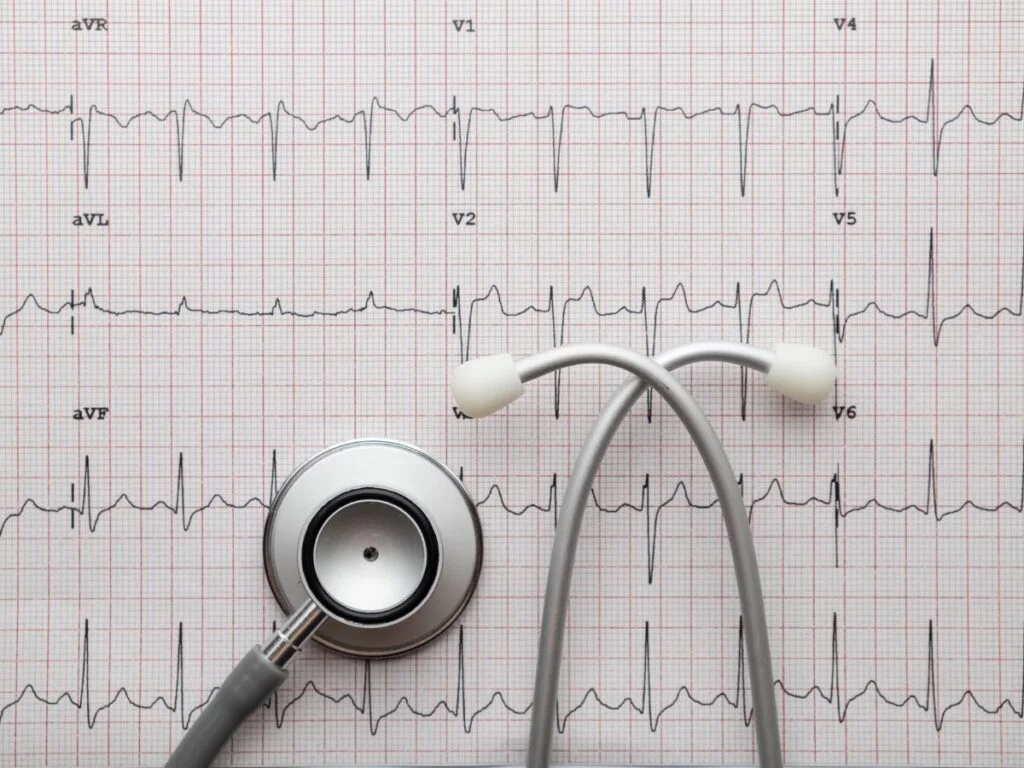
Importance of Post-Resuscitation Care in Pediatric Cardiac Arrest
Timely intervention in post-resuscitation care is essential for minimizing neurological injuries and ensuring recovery in pediatric cases of cardiac arrest. Implementing the pediatric chain of survival is essential for increasing survival chances. Quick and effective actions can significantly improve a child’s or pediatric patient’s likelihood of survival and long-term quality of life. This is important for the following reasons:
- The post-resuscitation care provides structured, evidence-based guidelines for managing pediatric patients after cardiac arrest.
- It helps to focus on key interventions that will enhance survival chances following ROSC.
- PALS algorithm assists in prioritizing neurological monitoring and interventions to prevent brain injury and improve recovery.
- The post-resuscitation care guides clinicians through critical areas such as hemodynamic support, temperature management, and ongoing monitoring.
- It helps in minimizing the risks associated with post-cardiac arrest care, such as organ failure or further deterioration.
- Post-resuscitation care assists healthcare providers in making informed, timely decisions that align with best practices and improve patient outcomes.
- It ensures all team members follow a unified, protocol-driven approach to care, reducing variability in treatment.
When should enteral or parenteral nutrition be initiated after ROSC?
01.
Enteral Nutrition ( Tube Feeding / Oral Feeding)
Enteral Nutrition (EN) provides liquid formulas through the GI (gastrointestinal) tract. These formulas contain proteins, carbohydrates, fats, vitamins, minerals, and water. Patients can take them orally or receive them via feeding tubes. Doctors favor this method when possible. They aim to start EN within 24–48 hours after ROSC in patients who are stable and don't have issues like uncontrolled shock, high-dose vasopressors, or severe GI problems.
02.
Parenteral Nutrition (Intravenous Feeding)
Parenteral nutrition (PN) provides a sterile mix of glucose, amino acids, lipids, electrolytes, and vitamins intravenously, bypassing the GI tract. It’s used when enteral feeding isn’t possible or is contraindicated, typically delayed 5–7 days in critically ill patients unless the patient is severely malnourished, in which case earlier PN is considered.
Pediatric Post-Resuscitation Care Algorithm

To prevent further injury, improve organ function, and address the underlying cause. The Pediatric Post-Resuscitation Care Algorithm should follow because it provides a structured approach to stabilizing and supporting children after cardiac arrest.
Note: The guidelines are suitable for pediatric patients, but must be tailored to their age, size, and underlying conditions :
1. Optimize Ventilation and Oxygenation
During advanced life support or critical care, it’s crucial to carefully manage a patient’s oxygen and ventilation levels to avoid both under- and over-oxygenation. The goal is to adjust (or titrate) the fraction of inspired oxygen (FiO₂) to keep the patient’s blood oxygen saturation (SpO₂) between 94% and 99%. If the saturation reaches 100%, efforts should be made to lower the FiO₂ to avoid the risks associated with prolonged exposure to high oxygen levels, such as oxygen toxicity.
When appropriate, placing an advanced airway (like an endotracheal tube) helps secure the airway and allows for more controlled ventilation. Waveform capnography is recommended to continuously monitor carbon dioxide (CO₂) levels in exhaled air, which can confirm proper airway placement and guide ventilation.
Additionally, it’s important to manage the patient’s arterial carbon dioxide levels (PaCO₂) according to their clinical situation. Avoiding both severe hypercapnia (too much CO₂) and hypocapnia (too little CO₂) is crucial, as extreme levels can negatively affect brain function, blood flow, and overall outcomes.
2. Assess for and Treat Persistent Shock
If a patient remains in shock despite initial resuscitation efforts, it’s critical to quickly identify and address the underlying causes. Potential contributing factors might include ongoing blood loss, infection (sepsis), heart dysfunction, or other conditions impairing circulation and tissue perfusion.
Initial treatment typically involves giving intravenous (IV) or intraosseous (IO) fluid boluses. A common starting dose is 20 mL per kilogram of an isotonic crystalloid solution (like normal saline or lactated Ringer’s). However, if there’s concern for poor heart function, such as in cases of heart failure or cardiogenic shock, smaller boluses (like 10 mL/kg) should be used cautiously to avoid fluid overload, which can worsen the patient’s condition.
If the patient’s blood pressure and perfusion do not improve after fluids (known as fluid-refractory shock), medications are required. Inotropes (to strengthen the heart’s contractions) and vasopressors (to constrict blood vessels and raise blood pressure) should be considered based on the patient’s specific type of shock and overall condition.
3. Possible Contributing Factors
When evaluating a pediatric cardiac arrest, it’s essential to consider a range of underlying factors that may be contributing to the condition. Some common causes include:
H: Hypovolemia, Hypoxia, Hydrogen Ion (Acidosis), Hypoglycemia, Hypo-/Hyperkalemia, and Hypothermia
T: Tension Pneumothorax, Tamponade, Toxins, Thrombosis Pulmonary, Thrombosis Coronary, and Trauma
Note: The two most common causes of cardiac arrest in pediatric patients are:
hypoxia (lack of oxygen) and hypovolemia (low blood volume).
4. Hypotensive Shock
When blood pressure remains dangerously low despite fluid resuscitation, medications called vasopressors and inotropes are used to support circulation and improve tissue perfusion
.
I. Epinephrine: Acts as both an inotrope (increases heart contractility) and vasopressor (raises blood pressure) by stimulating alpha and beta receptors, making it useful in various types of shock, especially when cardiac output is low.
II. Dopamine: Dose-dependent effects — at moderate doses, it boosts heart rate and contractility; at higher doses, it also causes vasoconstriction. It’s considered in some cases of shock, but is less preferred nowadays due to side effects.
III: Norepinephrine: Primarily a vasopressor that constricts blood vessels and raises blood pressure with minimal increase in heart rate. It’s often the first-line agent for septic or vasodilatory shock.
5. Normotensive Shock
In this type of shock, the pediatric patient’s blood pressure may appear normal, but signs of poor tissue perfusion (like altered mental status, weak pulses, or cool extremities) indicate that cardiac output is inadequate. Inotropes are often needed to improve heart function and perfusion without necessarily raising blood pressure.
I. Dobutamine: A potent inotrope that increases heart contractility and cardiac output with minimal effect on blood pressure. It’s often used in heart failure or cardiogenic shock with normal or high blood pressure.
I. Dopamine: At moderate doses, it increases heart contractility and heart rate, which can be helpful in cases of shock with borderline or normal blood pressure.
II. Epinephrine: Provides both inotropic and vasopressor effects, improving cardiac output while maintaining or slightly increasing blood pressure. It’s useful when more cardiac support is needed.
III. Milrinone: A phosphodiesterase inhibitor that improves heart contractility and causes mild vasodilation. It’s often chosen for patients with heart failure or cardiogenic shock, especially when avoiding an increase in heart rate is preferred.
Note: Milrinone can cause hypotension, and its use and initiation should generally be reserved for experienced personnel (eg, ICU staff) who are familiar with its use, potential side effects, and specific considerations for pediatric patients.
6. Monitoring, Management, and Targeted Temperature Therapy
-In pediatric patients post-cardiac arrest, agitation and seizures should be monitored and treated as they may result from neurologic compromise.
-Hypoglycemia should be assessed regularly and treated immediately to avoid worsening of neurologic outcomes.
-Frequent assessment of blood gases, electrolytes, and calcium levels is critical to identify and treat any metabolic disturbance.
-If coma persists following resuscitation, targeted temperature management (TTM) should be adhered to, with vigorous treatment of fever to reduce further cerebral injury.
-Consider consultation and patient transport to tertiary care center (hospitals with advanced technologies, equipment with specialized staffs).
Overview of the Pediatric ROSC Post-Resuscitation Care Algorithm
In short, the PALS Post-Resuscitation Care ROSC Algorithm delivers a structured approach for managing critically ill children after cardiac arrest to improve survival and neurological outcomes. Focused on stabilizing vital functions, preventing further injury, and addressing underlying reasons, it emphasizes timely interventions like optimizing oxygenation, managing shock, monitoring for seizures, and regulating glucose, electrolytes, and temperature. This protocol ensures consistent, high-quality care, reduces difficulties, and supports recovery during this vulnerable time.
Frequently Asked Questions
How long should targeted temperature management (TTM) be maintained after ROSC in pediatric patients?
In pediatric patients after ROSC, targeted temperature management (TTM) should be maintained for at least 24 hours.
What is the primary focus of post-resuscitation management in PALS following ROSC in pediatric patients?
Post-resuscitation management involves continuous monitoring and management of oxygenation, ventilation, circulation, glucose, electrolytes, and temperature to prevent secondary injury and improve outcomes after ROSC.
What is the role of ECMO (Extracorporeal Membrane Oxygenation) in post-ROSC pediatric care?
In post-ROSC pediatric care, ECMO (Extracorporeal Membrane Oxygenation) plays a crucial role in supporting patients who have undergone cardiac arrest and require further circulatory and oxygenation support.
How frequently should neurological assessments be performed post-ROSC?
Regular neurological checks should be performed every hour during the initial stabilization phase, then every 4-6 hours or as per clinical status thereafter.
How to address potential complications following ROSC in a pediatric patient?
- Following ROSC in a pediatric patient, it’s essential to monitor for potential complications such as hypoxia, hypotension, or arrhythmias. Immediate interventions may include ensuring adequate ventilation, fluid resuscitation, and medications to stabilize the child’s cardiovascular and respiratory status.
